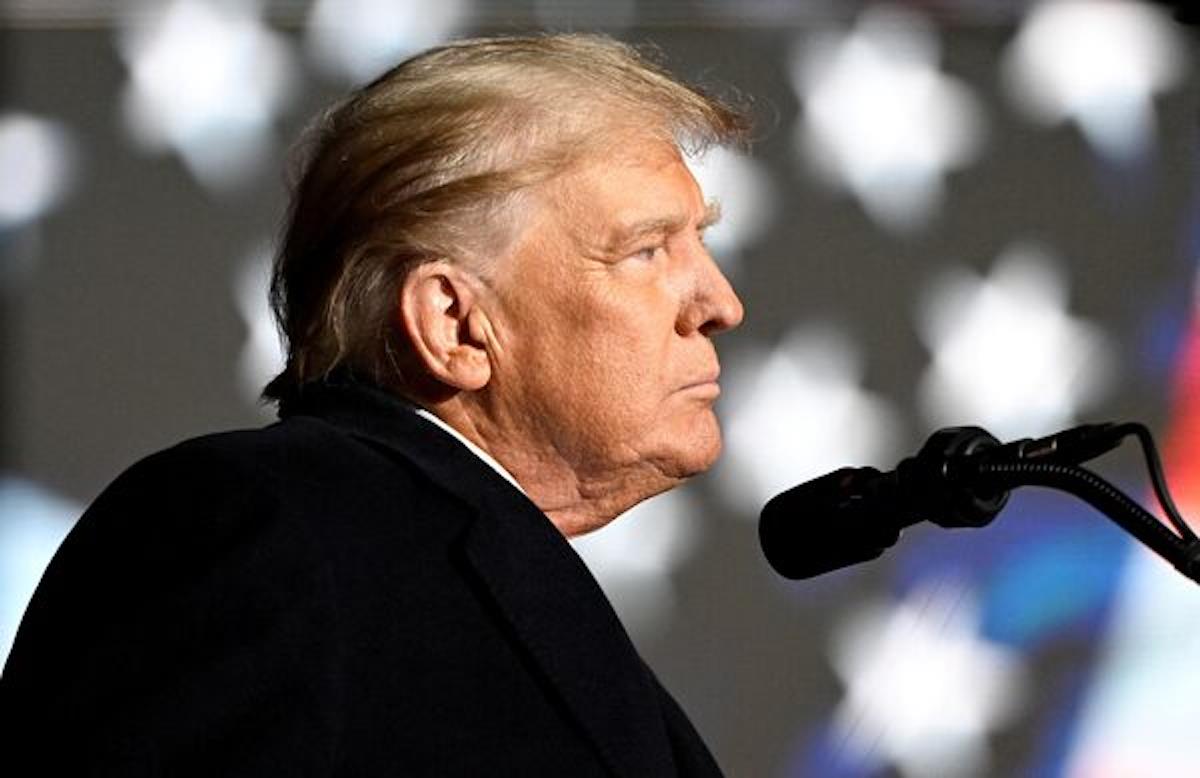
Good Time To Recall What Exactly Makes A Republic
Republics have suffered total collapses throughout history, and there's no reason why the United States should be immune. The fear of that often prompts a superficial reference to the final fall of the Roman Republic or the end of Greek democracy.
But there's a deeper history: Republics came into being far earlier in Middle Eastern and Mediterranean civilizations. And we can draw from a much wider range of examples to learn from as we try to understand the challenges and the opportunities.
A true republic is a political system without monarchy or concentrated political power in any office, branch, or individual. Elected officials represent citizens to make decisions on their behalf, with separate branches of government providing checks and balances. While many associate republics with direct democracy in our times, there's a much wider array of power structures that developed in the formative era of republics.
The 20th century established republics as the global standard, with monarchies declining after World War I and most former European colonies declaring independence as republics following World War II. Fascist and communist countries, which centralized power in individuals or ruling parties, also reduced in number.
Despite their concentration of power, however, many fascist and communist states claimed the title of republics, and while 149 countries out of 193 identify as republics today, far less uphold republican principles and blend them effectively with democracy. Examining the historical evolution of republics highlights those best positioned to serve as the most resilient modern examples.
Republics require regular gatherings and assemblies, making them difficult to establish in sparsely populated agrarian societies, while empires generally concentrate power too heavily for self-rule to gain traction. It was in smaller city-states, particularly trade-focused ones, where citizens could form factions, exchange ideas, and influence government decisions and rules for commerce.
Some of the earliest experiments with republican governance appeared in ancient Sumerian city-states (4500–2000 BC), centered in modern-day Iraq. Kings acted more as neutral arbitrators rather than rulers , sharing power with aristocratic families and groups, as well as common citizens. In Kish, citizens could appoint a new king during crises, while in Uruk, assemblies of townsmen and elders had to ratify major military decisions.
The Sumerian city-states fell to the Akkadian and Babylonian Empires by 1750 BC, but Phoenician city-states, emerging about 250 years later in what is now Lebanon, revived republican ideals. Here, monarchical power was often shared with a merchant class and citizen council. Egyptian records dating to the mid-14th century BC describe Phoenician cities sending delegates to represent citizens rather than monarchs, with mentions of alliances and aid requests by the“men of Arwad” and“elders of Irqata.”
By the 6th century BC, the Phoenician city of Tyre had functioned for seven years without a monarch, governed instead under suffetes, or judges, elected for short terms. In Chios, a“people's council” allowed citizens to debate laws and hold officials accountable.
However, beginning in the 9th century BC and continuing over the next few centuries, Phoenician city-states were successively conquered or subjugated by the Assyrian, Babylonian, Persian, and Macedonian Empires.
Like other civilizations, Phoenicians established colonies and trading posts. Carthage, founded by Tyre in 814 BC in modern Tunisia, grew into a powerful city-state with its own republican features .
By the early 7th century BC, two elected suffetes from aristocratic families replaced the monarchy . They governed alongside an aristocratic Senate, while newer merchants could gain influence and a popular assembly allowed citizens input on major decisions. Military and religious leaders also held considerable power.
Republican ideals weren't confined to Mesopotamia and the Mediterranean. Buddhist texts like the Maha Parinibbana Sutta mention Indian republics called Gana-Sanghas in the 6th century BC.
Some adopted republican styles of government, while others formed republican confederations, like Sumerian and Phoenician city-states, to make decisions collectively and protect against larger threats. The Indian republics were gradually absorbed by the Maurya Empire (321–185 BC) and other entities.
Ancient Greek city-states also developed republican ideals. Sparta was governed by a constitution and popular assembly as early as 600 BC, though it remained largely monarchical. Athens established a direct democracy in 507 BC, known as demokratia, meaning“people” and“rule.”
Greece's slave-based economy allowed some citizens time to participate in politics, though this limited political fairness. In 431 BC , Attica, the region surrounding Athens, had an estimated population of 315,000, of which only 172,000 were citizens, and just 40,000 male citizens could vote.
Still, Athens's democratic system allowed these citizens to frequently debate, deliberate, and vote. They were overseen by the Council of Five Hundred, which was chosen annually by lot to draft laws and manage administration.

Legal Disclaimer:
MENAFN provides the information “as is” without warranty of any kind. We do not accept any responsibility or liability for the accuracy, content, images, videos, licenses, completeness, legality, or reliability of the information contained in this article. If you have any complaints or copyright issues related to this article, kindly contact the provider above.
Most popular stories
Market Research

- Manuka Honey Market Report 2024, Industry Growth, Size, Share, Top Compan...
- Modular Kitchen Market 2024, Industry Growth, Share, Size, Key Players An...
- Acrylamide Production Cost Analysis Report: A Comprehensive Assessment Of...
- Fish Sauce Market 2024, Industry Trends, Growth, Demand And Analysis Repo...
- Australia Foreign Exchange Market Size, Growth, Industry Demand And Forec...
- Cold Pressed Oil Market Trends 2024, Leading Companies Share, Size And Fo...
- Pasta Sauce Market 2024, Industry Growth, Share, Size, Key Players Analys...
























Comments
No comment